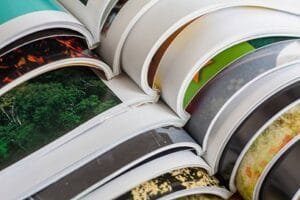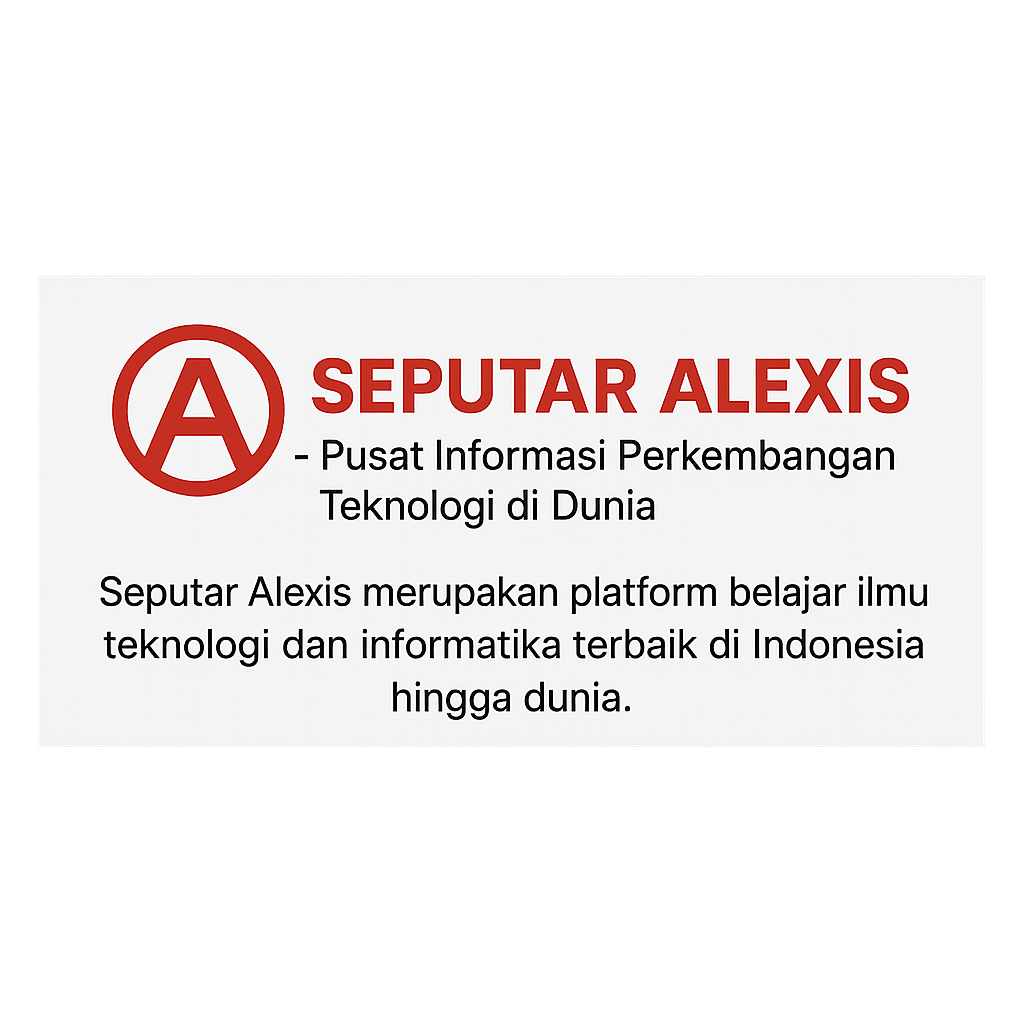A Complete Guide to Paperback Book Printing: Everything You Need to Know”

Introduction
When it comes to self-publishing, one of the most important decisions you’ll make is choosing the right format for your book. Paperback book printing is a popular option for authors looking to produce high-quality, cost-effective physical copies of their work. Whether you’re a first-time author or an experienced writer, understanding the ins and outs of paperback book printing can help ensure your book reaches readers in the best possible way.
In this guide, we’ll walk you through everything you need to know about paperback book printing, including the benefits, printing processes, design tips, and how to choose the right printer for your project.
The Benefits of Paperback Book Printing
Opting for paperback book printing comes with several advantages. Let’s explore some of the key benefits that make this format ideal for many authors:
- Cost-Effective Production: Compared to hardback printing, paperback books are generally more affordable to produce. The lower production costs make it an ideal option for authors who are printing in small quantities or working within a budget.
- Wide Appeal: Paperback books are more popular among readers due to their affordability and portability. Many readers prefer paperback books because they are easier to carry around and generally less expensive than hardcovers.
- Ease of Distribution: With a lightweight design and a sturdy cover, paperback books are ideal for distribution to bookstores, online retailers, and other outlets. This makes them a versatile choice for authors looking to get their book into the hands of as many readers as possible.
- Professional Appearance: With the right design and quality printing, paperback books can look just as polished and professional as their hardcover counterparts. This makes them perfect for authors who want to create a quality product that reflects their brand.
The Paperback Book Printing Process
Understanding the printing process is crucial to ensuring that your book is produced to the highest standards. Here’s a step-by-step overview of what you can expect when printing your paperback book:
- Preparing Your Manuscript: Before you can begin the printing process, you’ll need to format your manuscript. This means adjusting margins, font sizes, line spacing, and chapter headings according to the printer’s guidelines. Most printers provide templates to help you format your manuscript correctly.
- Choosing Paper and Cover Material: When it comes to paperback book printing, you’ll need to choose both the paper type for the pages and the material for the cover. Common options include matte or glossy finishes for the cover, as well as cream or white paper for the interior pages.
- Cover Design: A compelling cover is essential for attracting readers and conveying the tone of your book. Many authors hire professional graphic designers to create a visually appealing cover. Be sure to include the book title, your name, and any relevant imagery that aligns with the book’s theme.
- Selecting a Printer: Once your manuscript is ready, it’s time to select a printer. There are many options available, from traditional print shops to online print-on-demand services. Some well-known print-on-demand services like Amazon KDP or IngramSpark offer affordable paperback book printing solutions with the added benefit of wide distribution networks.
- Printing and Proofing: After selecting a printer, you’ll submit your manuscript and cover files. The printer will create a proof copy of your book for you to review. Be sure to carefully check the proof for any errors or design issues before giving the final approval.
- Final Printing and Distribution: Once you approve the proof, the printer will produce the final batch of paperback books. You can choose to have a small run of copies or opt for large-scale printing, depending on your needs. Most printers also offer distribution services to help you get your book into retailers, libraries, and online marketplaces.
Design Tips for a Professional Look
The design of your paperback book is crucial to its success. Here are some tips to help ensure your book stands out:
- Cover Design: As mentioned earlier, your cover is the first thing readers will see. Make sure it’s visually appealing, professional, and relevant to your book’s genre. The cover should also include legible text, especially the title and your name, in a font size that stands out.
- Interior Formatting: A clean, well-formatted interior is essential for providing a professional reading experience. Use appropriate font sizes (usually 10-12 point) and maintain consistent margins and spacing throughout the book. A cluttered or hard-to-read layout can turn readers away.
- Spine Design: If your paperback book is a thicker volume, you’ll need to consider spine design. The spine should include the book title and author name in a readable font. Keep in mind that the width of the spine will depend on the page count and paper thickness.
Choosing the Right Printer for Your Paperback Book
Selecting the right printer is a key step in the paperback book printing process. Here are some factors to consider when choosing a printer:
- Printing Quality: Look for a printer that offers high-quality printing services, including clear text, vibrant images, and a polished finish. Reading reviews and examining samples of their printed books can help you assess their print quality.
- Printing Options: Some printers offer additional features, such as different paper types, cover finishes, and binding options. Be sure to choose a printer that provides the options that best match your vision for your book.
- Pricing: Compare pricing between different printers to ensure you’re getting the best value for your money. Be mindful of any hidden fees, such as setup charges or shipping costs, that could impact the overall cost of printing.
- Distribution Services: If you plan to sell your book in bookstores or online retailers, look for a printer that offers distribution services. Many printers, especially print-on-demand services, allow you to make your book available on major platforms like Amazon, Barnes & Noble, and more.
Final Thoughts
Paperback book printing offers a cost-effective, professional way to bring your book to life. By understanding the printing process, focusing on quality design, and choosing the right printer, you can ensure your book is produced to the highest standards. Whether you’re a first-time author or a seasoned writer, paperback book printing provides a flexible, widely accessible option for distributing your work to readers around the world.







